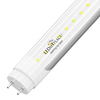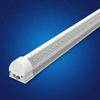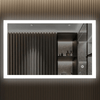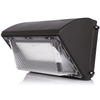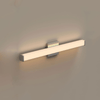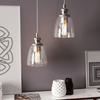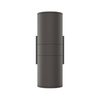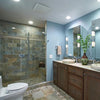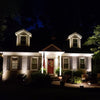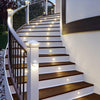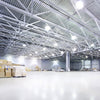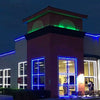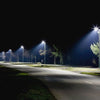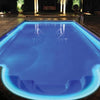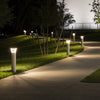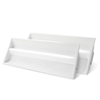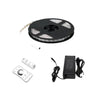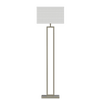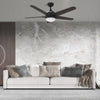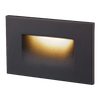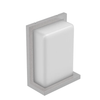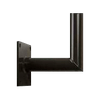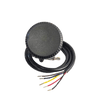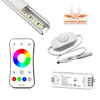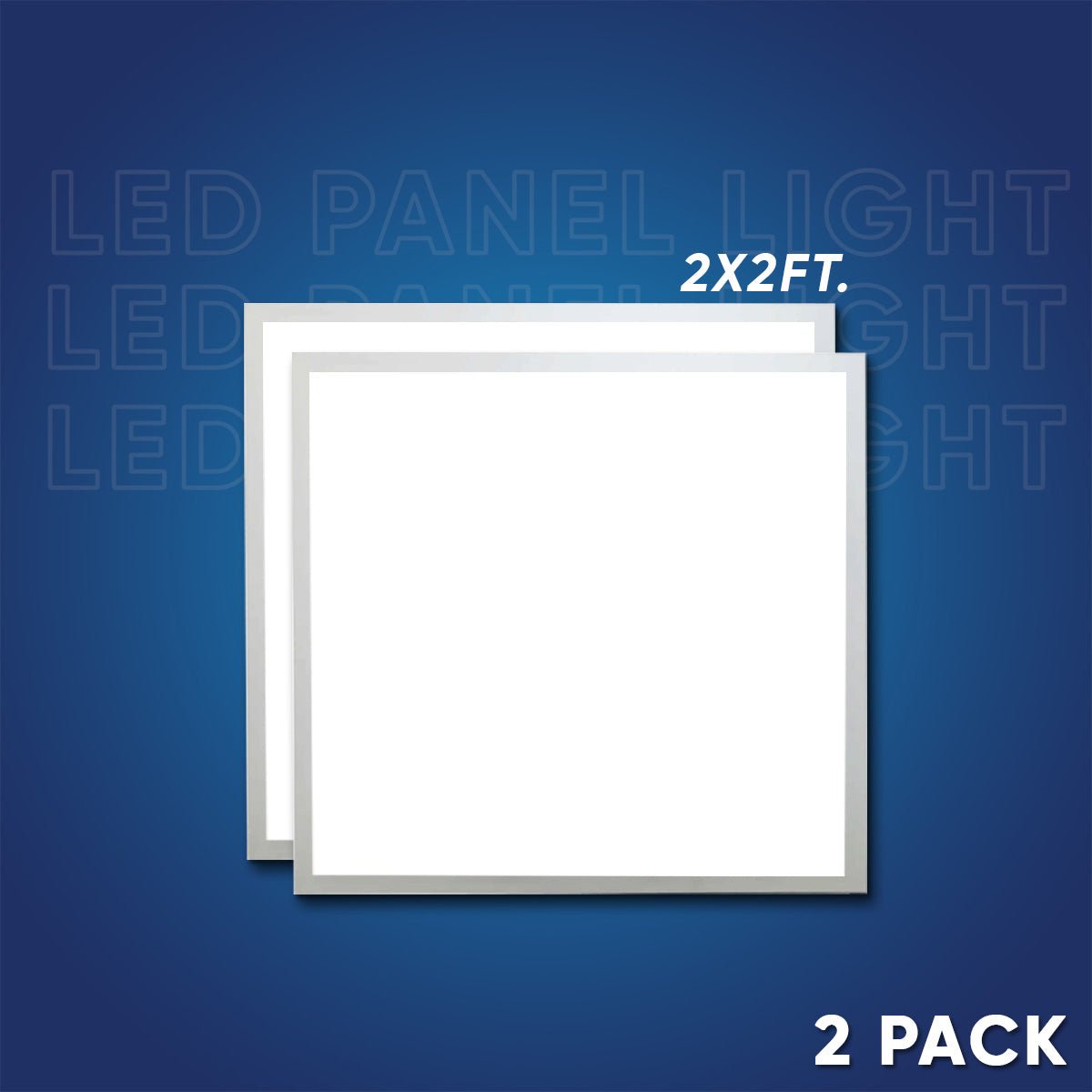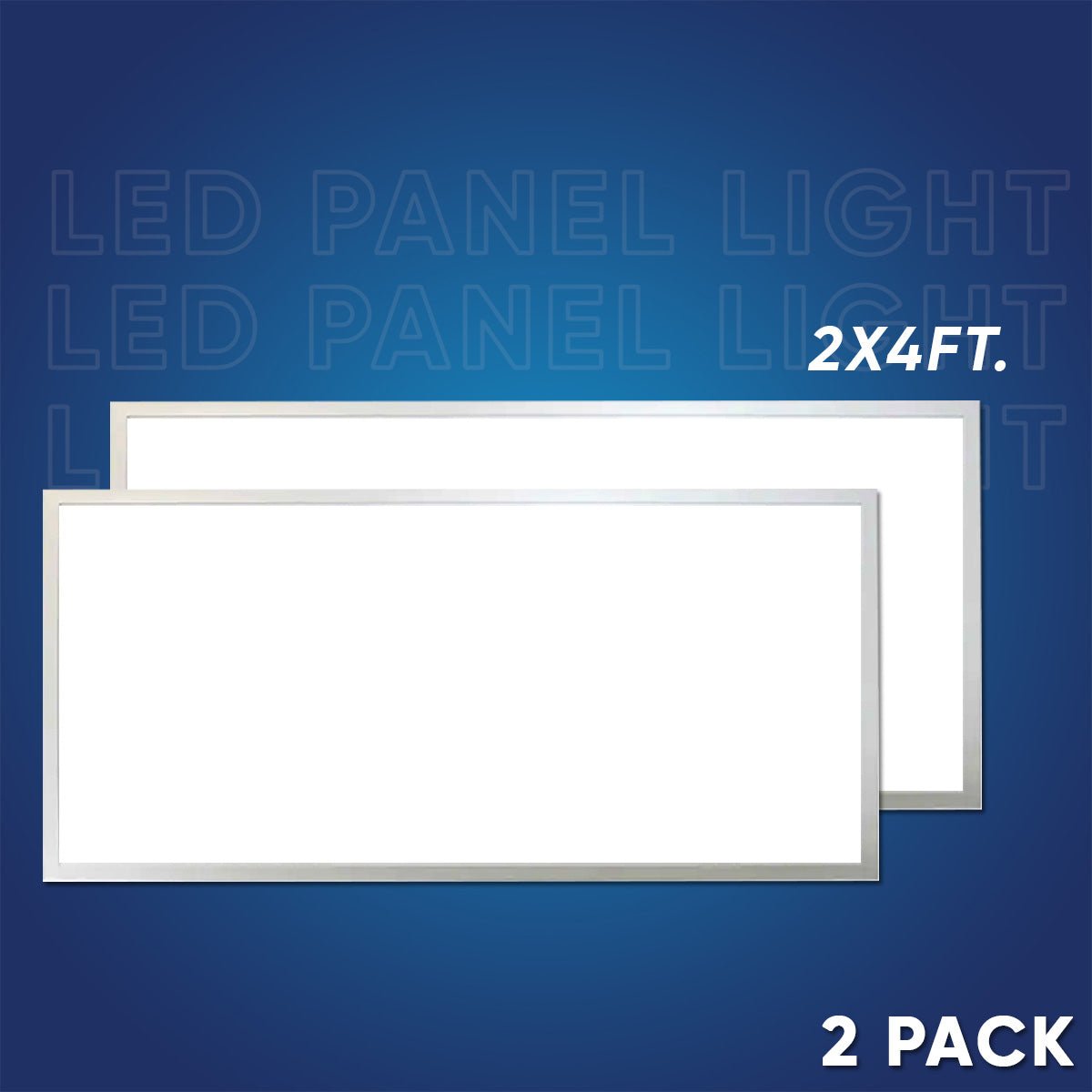In the realm of healthcare, lighting plays a pivotal role beyond mere illumination; it impacts patient well-being, aids medical procedures, and contributes to the overall functionality of healthcare facilities. Over the years, lighting technology in hospitals has evolved significantly, with LED panel lights emerging as a frontrunner due to their versatility, efficiency, and adaptability to the unique requirements of medical environments.
Introduction to Hospital Lighting
The importance of lighting in healthcare facilities cannot be overstated. It goes beyond providing visibility; it influences mood, circadian rhythms, and even patient outcomes. As hospitals have evolved, so too has their lighting technology, from simple incandescent bulbs to sophisticated LED systems designed to meet the specific needs of medical environments.
The Need for Specialized Lighting in Hospitals
Hospitals have unique lighting requirements dictated by the nature of their operations. Proper illumination is crucial for conducting medical procedures accurately, facilitating patient care, and creating a safe and comfortable environment for both patients and staff. Inadequate lighting can lead to errors in diagnosis and treatment, as well as discomfort for patients and healthcare workers.
Understanding LED Panel Lights
LED (Light Emitting Diode) technology has revolutionized the lighting industry, and hospitals are no exception. LED panel lights consist of multiple LEDs arranged in a panel, providing uniform illumination across a space. Compared to traditional lighting options such as fluorescent or incandescent bulbs, LED panel lights offer several advantages, including energy efficiency, longevity, and customizable brightness and color temperature.
Benefits of LED Panel Lights in Hospital Settings
The adoption of LED panel lights in hospitals brings numerous benefits. Firstly, they are highly energy-efficient, consuming significantly less electricity than traditional lighting options, which translates to cost savings for healthcare facilities. Additionally, LED panel lights have a longer lifespan and require less maintenance, reducing operational costs and downtime associated with bulb replacements.
Moreover, LED panel lights offer customizable brightness and color temperature, allowing hospitals to create optimal lighting conditions for different areas and purposes. This flexibility is particularly advantageous in healthcare settings where lighting requirements may vary from patient rooms to surgical suites.
Enhanced Visibility and Comfort for Patients and Staff
LED panel lights contribute to enhanced visibility in hospital environments by minimizing glare and shadows, thereby improving visual acuity and reducing the risk of accidents or errors. Furthermore, they promote a soothing and calming atmosphere conducive to patient recovery and well-being, which is essential for creating a healing environment in healthcare facilities.
Importance of Color Rendering in Hospital Lighting
Accurate color rendering is crucial in hospital lighting, especially in areas where medical assessments and procedures are conducted. LED panel lights excel in this regard, providing high-quality light output that accurately renders colors, ensuring accurate visual representation for medical professionals and enhancing the accuracy of diagnostic procedures.
Improving Patient Recovery and Well-being
Lighting has a significant impact on circadian rhythms, which play a vital role in regulating sleep-wake cycles and overall well-being. Natural-like lighting provided by LED panel lights helps maintain patients' circadian rhythms, promoting better sleep quality and faster recovery times. Additionally, a well-lit and comfortable environment contributes to patient comfort and satisfaction, which is essential for overall healing and positive outcomes.
Compliance with Regulatory Standards
Hospitals must adhere to stringent lighting requirements set by healthcare authorities to ensure the safety and well-being of patients and staff. LED panel lights offer compliance with these standards, providing uniform illumination, energy efficiency, and durability necessary for healthcare environments while also meeting sustainability goals and reducing environmental impact.
Case Studies: Successful Implementation of LED Panel Lights in Hospitals
Numerous hospitals worldwide have successfully transitioned to LED lighting solutions, with notable improvements in patient care, staff satisfaction, and operational efficiency. These case studies serve as compelling evidence of the tangible benefits of LED panel lights in healthcare settings, including cost savings, enhanced lighting quality, and improved patient outcomes.
Cost Considerations and Return on Investment
While the initial investment in LED panel lights may be higher than traditional lighting options, the long-term savings and return on investment are substantial. Lower energy consumption, reduced maintenance costs, and longer lifespan contribute to significant cost savings over the lifetime of the lighting system, making LED panel lights a financially sound investment for hospitals.
Environmental Impact of LED Lighting
In addition to economic benefits, LED lighting also offers environmental advantages, including a reduced carbon footprint compared to traditional lighting options. The energy efficiency of LED panel lights helps hospitals reduce their overall energy consumption and greenhouse gas emissions, contributing to sustainability efforts and environmental conservation.

Challenges and Considerations in LED Lighting Implementation
While LED panel lights offer numerous benefits, their implementation in hospitals may present challenges such as upfront costs, compatibility with existing infrastructure, and design considerations. However, working with lighting professionals and healthcare facility designers can help overcome these challenges and ensure a seamless transition to LED lighting solutions tailored to the specific needs of each hospital setting.
Future Trends in Hospital Lighting
Looking ahead, the future of hospital lighting lies in continued advancements in LED technology and the integration of smart lighting systems. These innovations will further enhance the functionality and efficiency of hospital lighting, offering features such as remote control, automated lighting schedules, and integration with other healthcare technologies for enhanced patient care and operational efficiency.
Consulting Experts for Optimal Lighting Solutions
Given the critical role of lighting in healthcare environments, hospitals should consider consulting with lighting professionals and healthcare facility designers to develop optimal lighting solutions tailored to their specific needs. These experts can provide valuable insights and recommendations to ensure that hospitals achieve the highest standards of lighting quality, efficiency, and compliance with regulatory requirements.
Conclusion: The Bright Future of LED Panel Lights in Hospitals
In conclusion, LED panel lights have emerged as the preferred lighting solution for hospitals due to their numerous benefits, including energy efficiency, longevity, customizable features, and compliance with regulatory standards. By investing in LED lighting solutions, hospitals can improve lighting quality, enhance patient outcomes, and achieve significant cost savings over time. As technology continues to evolve, the future of hospital lighting looks brighter than ever, promising even greater efficiency, functionality, and sustainability.
FAQs (Frequently Asked Questions)
Q. Are LED panel lights suitable for all areas within a hospital?
A. LED panel lights can be customized to suit various spaces, including patient rooms, hallways, and surgical suites, ensuring appropriate lighting for different requirements.
Q. How do LED panel lights contribute to energy savings in hospitals?
A. LED technology is inherently more energy-efficient than traditional lighting options, leading to reduced electricity consumption and lower operational costs for healthcare facilities.
Q. Can LED panel lights help reduce the risk of infections in hospitals?
A. LED lights can be designed with features such as antimicrobial coatings, contributing to efforts to maintain a clean and hygienic environment in healthcare settings.
Q. What maintenance is required for LED panel lights in hospitals?
A. LED panel lights require minimal maintenance compared to traditional lighting fixtures, with longer lifespans and fewer bulb replacements needed, reducing downtime and operational disruptions.
Q. How can hospitals ensure compliance with lighting regulations when upgrading to LED panel lights?



